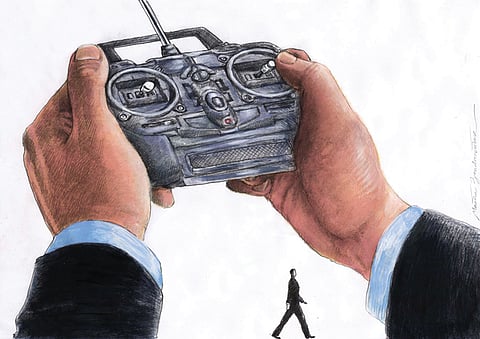The state of surveillance
The hallways were riddled with bullets, blood stained the auditorium floors, the bodies of children were piled under benches across the auditorium. When the eight-hour-long siege at the Army Public School and Degree College, Peshawar ended, 145 people – 132 children, 10 staff members and three soldiers – had been killed by the attackers. The Tehreek-e-Taliban Pakistan (TTP) claimed responsibility for the attack.
The very next day, on 17 December 2014, Pakistan's political leadership gathered for a multi-party conference in Peshawar to formulate a plan to fight terrorism. Six days later, in a televised address to the country Prime Minister Nawaz Sharif announced the 20-point 'National Action Plan' (NAP) to crackdown on terrorism in Pakistan. Sharif spoke slowly but adamantly "…this agreement is a defining moment for Pakistan," he said, "we will eliminate terrorists from this country."

